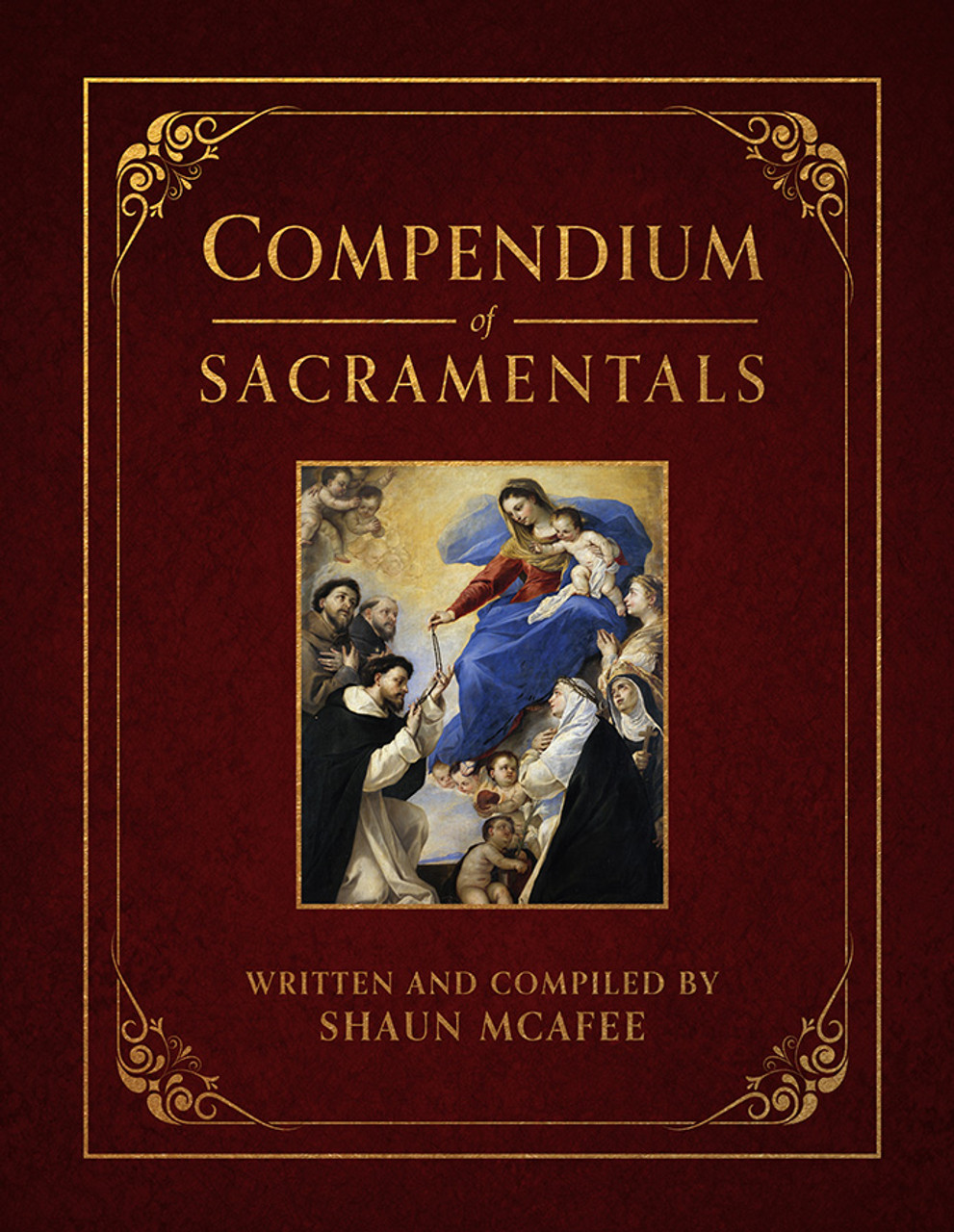What’s the difference between a relic and a sacramental? Learn how the Church defines these gifts and how we are to use them for our spiritual growth.
What Are Relics?
The Catholic Church recognizes three distinct classes of relics. A first-class relic is a part of the corporeal body of a saint, while a second-class relic is an object the saint used during their lifetime. An item touched to a first-class relic, oftentimes a sacramental belonging to a person, is known as a third-class relic.
Relics are not included as sacramentals because they are not “instituted by the Church.” As Sacrosanctum Concilium explains, “Holy Mother Church has, moreover, instituted sacramentals. They . . . are obtained through the intercession of the Church.”
The Church’s blessing does not institute relics. The Church does canonize saints and declares the authenticity of their related relics, particularly first-class relics, but such actions do not, in and of themselves, fundamentally alter the mortal remains of a saint. Therefore, relics are not sacramentals in the proper use of the term, but they do belong to this conversation because they are relevant to the life of piety in the Catholic tradition. For that reason, this chapter is a good place to discuss them.
Catholics venerate relics but do not worship them. The reason Catholics venerate relics lies in the Christian teaching that the bodies of the saints on earth were living members of mystical Body of Christ (see Rom 12:5; 1 Cor 12:12–27; Eph 3:6, 4:15–16; 5:23; Col 1:18; 1:24), and, as such, were temples of the Holy Spirit (1 Cor 3:16-17; 6:19). Catholics believe that, through these relics, God bestows many benefits on the faithful, including healings and other miraculous events. The Church, therefore, encourages the veneration of relics, but it does not force this act of veneration upon the conscience of any Catholic.
Relics have a special relation to sacramentals, principally because many relics are, in fact, third-class sacramentals: usually blessed rosaries, crucifixes, or other physical objects. Private and public veneration of relics remain a distinctive part of the expression of faith in the Catholic Church. The Catechism explains, “The religious sense of the Christian people has always found expression in various forms of piety surrounding the Church’s sacramental life, such as the veneration of relics, visits to sanctuaries, pilgrimages, [and] processions.”
What Are Sacramentals?
As we have learned, the Church teaches that sacramentals are special objects set aside for acts of worship, devotion, and good Christian piety. Because a sacramental is an object reserved for a special use the Church designates, sacramentals carry the authority of the Church, which also governs their approval and handling. To observe these guidelines properly, there are a few ground rules to understand.
Sacramentals are more than heirlooms and home decor: they are sacred objects, and some are consecrated to serve in the Church’s highest liturgy. Therefore, our conscience is commanded to treat them with dignity and respect. The Code of Canon Law states that “sacred objects, which are designated for divine worship by dedication or blessing, are to be treated reverently and are not to be employed for profane or inappropriate use even if they are owned by private persons.” This includes any treatment that would trivialize or put the object in risk of being broken.
We must also be conscious of how we employ the non-physical sacramentals of blessing and exorcism. For example, the Sign of the Cross must be made as a true sign of faith and piety: intentionally, prayerfully, and uniformly when with others, rather than quickly, sloppily, or chaotically. Blessings at mealtime—hopefully not the only time a family prays together—should be said with sincerity. Genuflections and bows, also raised to the dignity of being a sacramental, should be made with the same inner sense of candor.
The Church provides other firm rules. While sacramentals are obviously sold in Catholic bookshops and similar places, a blessed sacramental should not be sold, lest both parties may be guilty of simony. If a special blessing or exorcism is performed, it is reasonable and permissible to offer a donation, as a family might offer with a baptism, but nobody is under any compulsion to do so since the Church does not barter the things of God.
Of course, sacramentals like crucifixes and rosaries eventually break, fall apart, rip, or become corroded. Candles burn down, and scapulars rip and tear. If a sacramental reaches a state beyond repair or past its effective use, the object should be disposed of properly. Even in a tattered state, the object has been blessed by the Church’s intercession and should be treated correctly. Proper disposal should be reverent, either by burning the sacramental or by burial. This method of disposal shows proper reverence, but it also prevents the sacramental from falling into the wrong hands, hands which might desecrate it. To be clear, desecrated sacramentals should be disposed of in the same manner.
ooo
This article is taken from a chapter in Compendium of Sacramentals by Shaun McAfee which is available from TAN Books.









